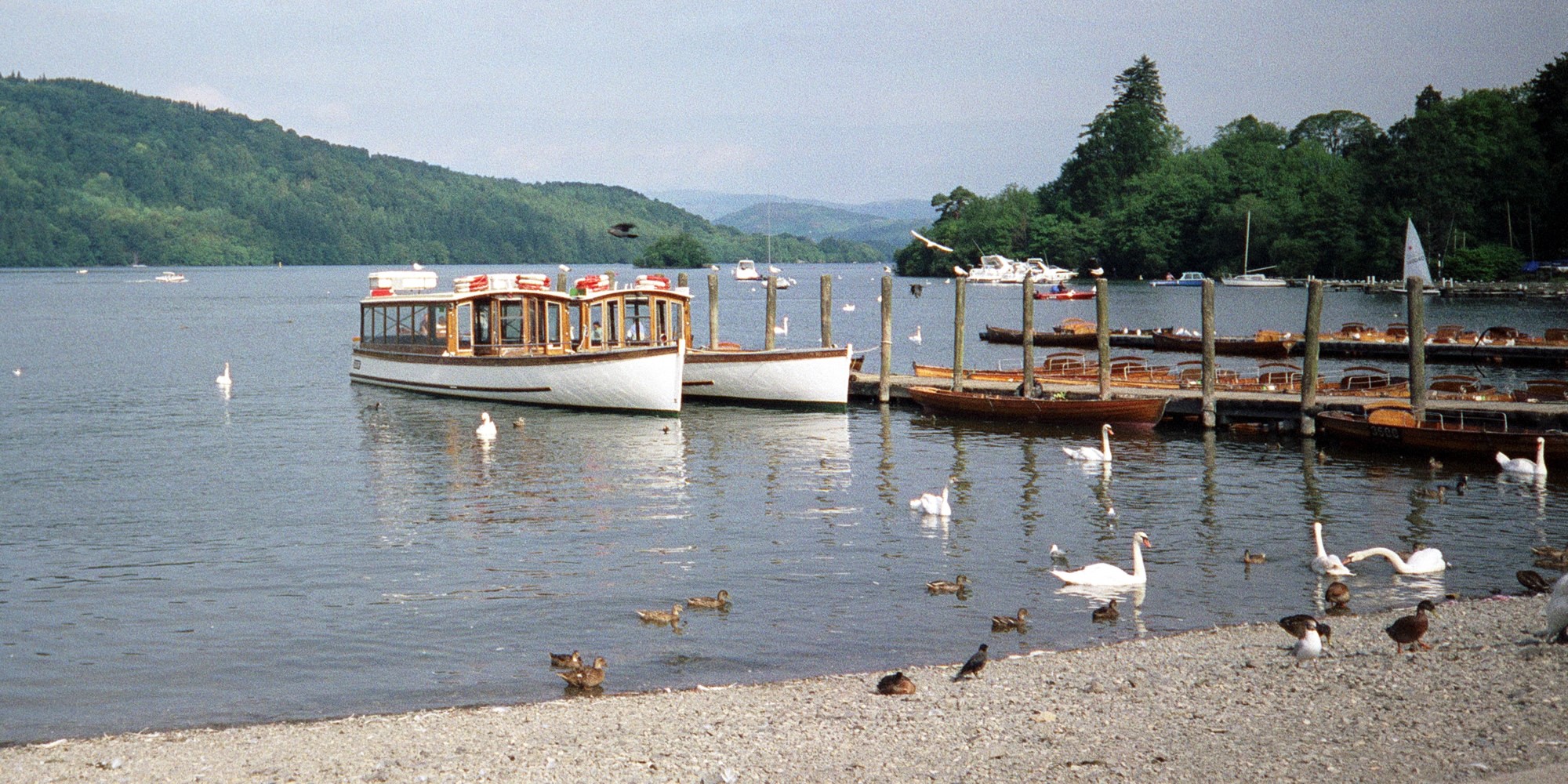The difference between you and I, Dear Reader, is that when I have a random thought I inevitably see it through to its utterly pointless conclusion. Even if it takes me years.
A long, long time ago when I was working for the PTE I would proofread all of the bus service change booklets we put out. Changes are now grouped into a half-dozen or so ‘transfer windows’, but about 20 years ago they could happen at any time, once the operators had given their 42 days’ notice.
Being a life-long (so far) Leeds boy, I used to look at the Leeds changes and idly wonder how the service numbers were chosen for new routes. As one does.
Until around 1980 the bus network was pretty stable. But patronage figures were falling even before Thatch and Nicholas Ridley brought in deregulation, and I can recall arguments about some changes Metro wanted to make on some of my local services around 1983. They just had to wait a few years, and the newly-independent Yorkshire Rider did the job instead.
Shifted
Before that there had been a small and slightly pointless renumbering upwards of certain Leeds bus services: 45 to 95, 46 to 86, 41 & 44 to 91 & 94, 33 & 36 to 93 & 96, 78 to 88. These happened to be routes I knew and sometimes used – hence my familiarity with them. Some of my local routes were affected when the motorways and distributor roads were built in the 1970s as well.
But looking at the routes that changes, and the routes that didn’t, a thought struck me. Which bus service (or services) has (or have) changed the least? And how would I ever find out?
Ground rules
This being a very theoretical exercise, we have to set some limits. The route or section of route has to be broadly unaltered (allowances made for motorways, distributors and other major road or development schemes). Routes can be extended at either end but there has to be an unaltered core. The route number has to be unchanged, or have some sort of obviously continuous use. That almost gives us two categories of unchanged service, which muddies things slightly.
I recently (thanks to eBay) bought a couple of old bus timetables from late 1973 and late 1976, as well as a map from 1955-ish (which will be the subject of a later post, hopefully by the end of the month). The late-1973 LCT book didn’t have route descriptions (typical!) but the late-1976 one did.
And yes: there are routes that were around in 1973-ish that are still around today: chiefly the aforementioned 86 (was 46) and service 50 between Leeds and Horsforth (Stanhope Drive). You could also have services 1 (Leeds – Lawnswood – Holt Park) and 72 (Leeds – Bradford). After that it gets a bit tricky with the 2, 3, 10, 12, 18, 19, 20 & 21 now being the 2, 3, 3A, 12, 13 & 13A – but not exactly. So I’m excluding the 2 & 3 for now, and the 52, 53, 54 etc.
Service 56 between Leeds and Headingley/Queenswood Drive is about the same; so is service 42 between Old Farnley, Leeds and Gipton (ish). I think services 15 & 16 could now count as services 16 & 16A, but I’m fairly certain there was a gap in the mid-1980s. So I’m excluding those as well for now; but adding in service 77, which later became service 41 and which is now service 49. Different numbers but basically the same route.
Service 9 still runs round the Outer Ring Road. After a fashion. Same with the 93 & 96, which are now combined as service 6 but which still runs between Leeds, Headingley and Cookridge.
“Clang-clang-clang…”
That’s great for the last 45 years, and I could leave it there… but you know I’m not going to, don’t you?
While doing some Internet research I found a link to a scan of a document on Leeds trams, produced in 1981 by Metro and written by Peter Garside – with whom I would later work.
In the back of that booklet was a list of services from May 1939… which has many of the same routes and route numbers as in 1973 and 1976 (told you things didn’t change much). And it has route descriptions! The ones that stand out are services 33 (Leeds – Cookridge), 46 (Middleton – Bramley), 50 (Leeds – Horsforth (Stanhope Drive)), 72 (Leeds – Bradford) and 77 (Leeds – Sandford Estate (Bramley)).
But here’s the thing. This was a booklet about trams, which is why bus services started at 31 (then 29 & 30, when those tram routes were pulled). Most of the tram routes and numbers don’t align with their present-day equivalents – although there some obvious echos and trams were replaced by buses mostly with the same route number – but services 1, 2 and 3 broadly do. As now, services 2 & 3 run north to Moortown and Roundhay as a loop. Service 1 runs between Leeds and Lawnswood.
And service 1 first started running in 1871, between Leeds and the Shire Oak – where the Original Oak, Skyrack and church and war memorial are now. It was extended to West Park in 1908, Lawnswood in 1913. When it was replaced by bus in 1959, the bus ran Lawnswood to Beeston… just like today.
If we’re talking purely motor bus services, then whichever came first of 33, 46, 50, 72 or 77 would be the winner (and if they were numbered sequentially as they began operation, there’s a clear winner). But in purely public transport terms (irrespective of the way the vehicle was powered), on the north of Leeds section I think we have a winner in service 1… unless you know better?
